Unkapanı… When you hear the name, you might think of old cassette shops or the fishermen lining the bridge over the Golden Horn. But this historic neighborhood has quietly played a major role in Istanbul’s commercial, musical, and hydraulic history. As you walk through its backstreets today, you may come across a stone archway from the Byzantine era or a faded poster of a 90s Arabesque pop star.
Unkapanı is a place where time accumulates.
📍 Istanbul / Fatih
🕰️ A Timeless Urban Portrait
Where Does the Name “Unkapanı” Come From?
The name “Unkapanı” dates back to the Ottoman era. It refers to a state-controlled grain market (kapan) that once operated here. These kapan markets were set up by the state to control and regulate essential food items. Flour was weighed and priced here before being distributed across the city.
That’s why this district was named “Unkapanı” – literally “Flour Gate”.
🚀 Did You Know?
Istanbul once had other kapan markets too, such as Yağ Kapanı (Oil Gate), Tuz Kapanı (Salt Gate), and Bal Kapanı (Honey Gate). Unkapanı is the most well-known of them all.
Unkapanı is also the birthplace of the legendary 17th-century Ottoman traveler, Evliya Çelebi, who was born here in 1611. In fact, he begins his monumental work, Seyahatnâme, by describing Istanbul — starting with this very place.
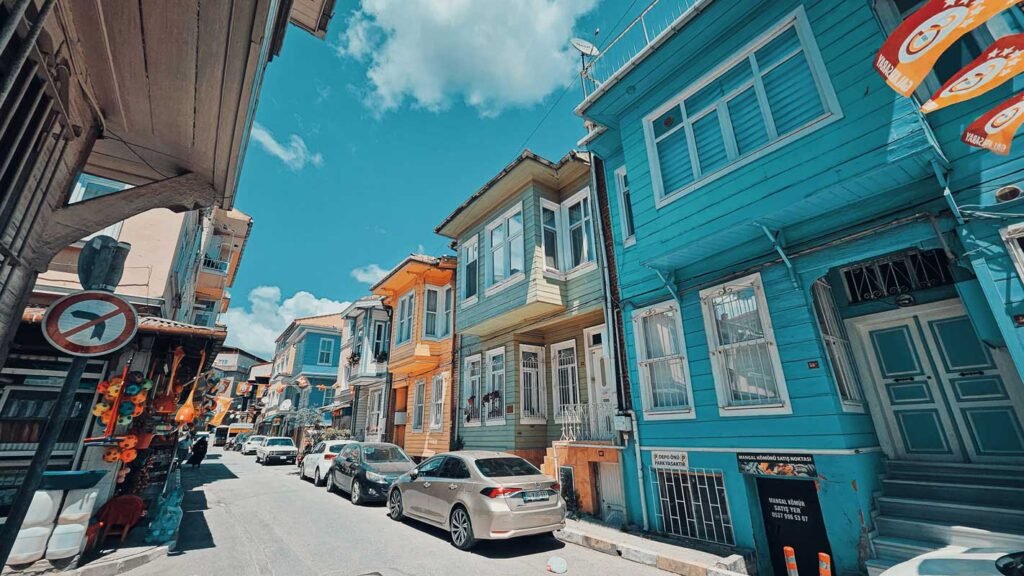
Heart of the Music Industry: Unkapanı and the Cassette Era
From the 1980s to the early 2000s, Unkapanı was the epicenter of Turkey’s music industry. While only a few record labels and studios remain today, their old signs still echo with the spirit of that golden era.
Artists like İbrahim Tatlıses, Müslüm Gürses, Tarkan, and Mahsun Kırmızıgül all passed through these streets at the start of their careers.
📸 Photo Spot
→ Old record label signs at the Unkapanı Music Center
📷 Pro Tip
Visit during the golden hour — the angled light makes the vintage signage pop with drama.
📱 For Instagram
Pose with an old cassette or poster for that perfect retro vibe.
Beneath the Aqueduct: Unkapanı and the Bozdoğan Arch
Unkapanı is not just about music. It’s also deeply connected to the city’s ancient water infrastructure. The Bozdoğan Kemeri (Valens Aqueduct), a relic from the Byzantine era, is a striking example of Roman engineering in the heart of Istanbul.
This aqueduct physically and symbolically links Unkapanı to nearby Zeyrek.
🧭 Places to Visit
- Bozdoğan Kemeri (Valens Aqueduct)
- Zeyrek Cistern (a short walk from Unkapanı)
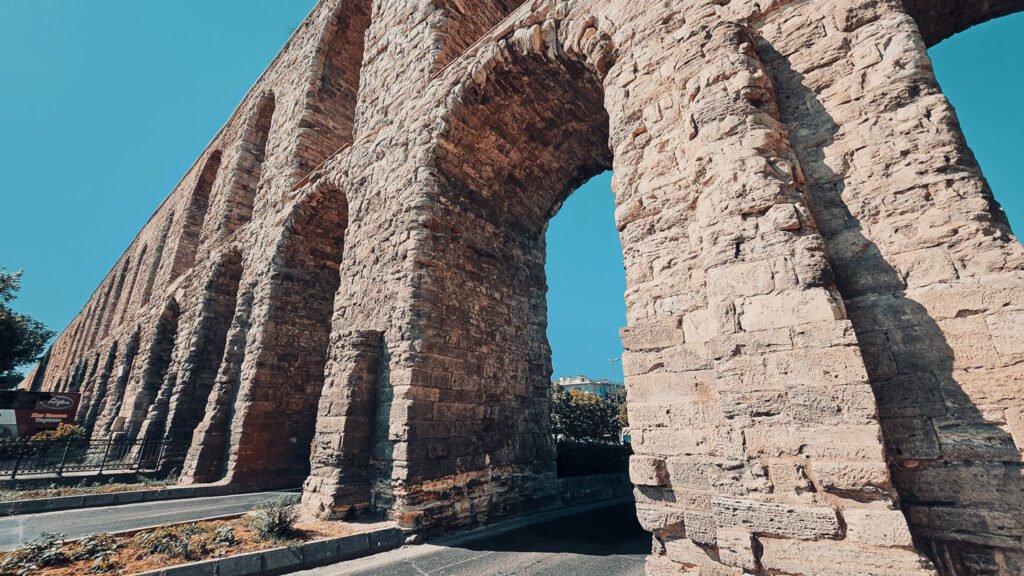
Architecture: From Bay Windows to Iron Foundries
Unkapanı carries traces of various architectural eras. One street might have a bay-windowed Ottoman house, while the next reveals an old iron foundry building. Some have been restored; others remain worn, whispering stories in faded stone and peeling paint. This mix adds visual richness to the neighborhood.
📸 Photo Spot
→ Stone-doored former workshop in Hüsambey Neighborhood
📷 Pro Tip
Use a black-and-white filter for a nostalgic aesthetic.
📱 For Instagram
Zoom in on a decaying window or door — imperfections make the best shots.
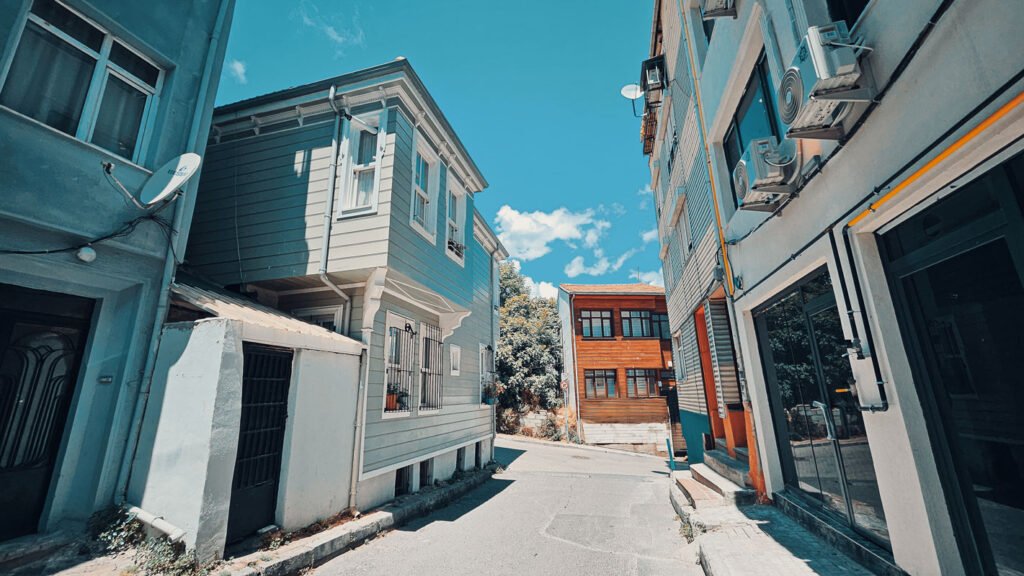
Unkapanı Today: A Place In Between
Today, Unkapanı feels like a neighborhood caught between eras. It’s not entirely forgotten, but not fully present either. Skyscrapers haven’t swallowed it yet, but old offices sit empty, and once-busy music studios are now quiet.
This is one of Istanbul’s last living memory vaults.
☕ Short Break Suggestion
→ Drop by a side-street tea house like “Kapan Kahvesi” — these spots still pulse with local life.
🚀 Alternative Tip
The best way to experience Unkapanı? Walk without a plan. Let yourself get lost.
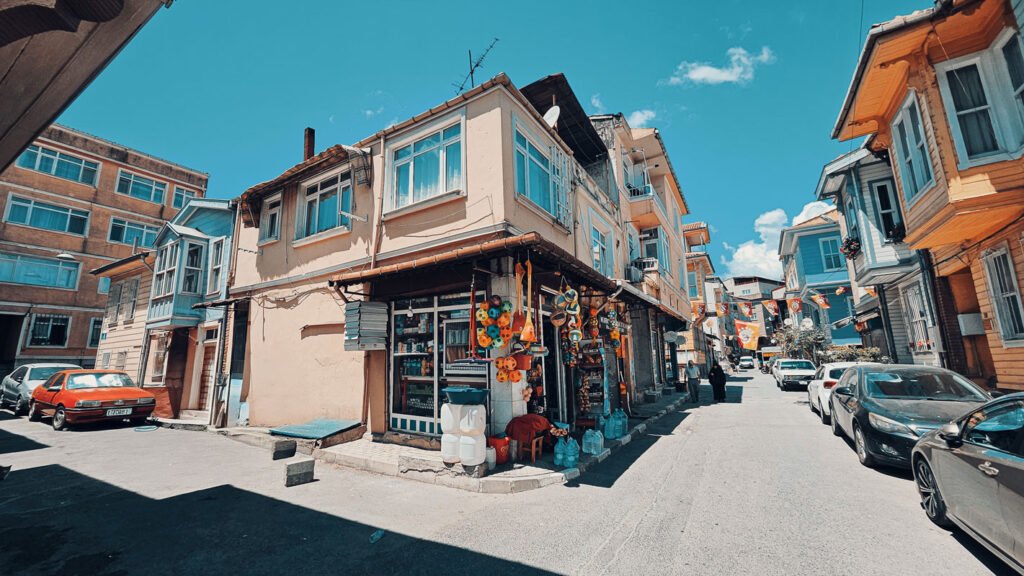
Bonus: The Spirit of Unkapanı
If every neighborhood had a voice, Unkapanı’s would be part vinyl crackle, part call to prayer, and part seagull song. Just like these overlapping sounds, time here is layered rather than linear.
It’s not fully old or fully new — it simply is.
Unkapanı doesn’t tell a story — it lets you live one.
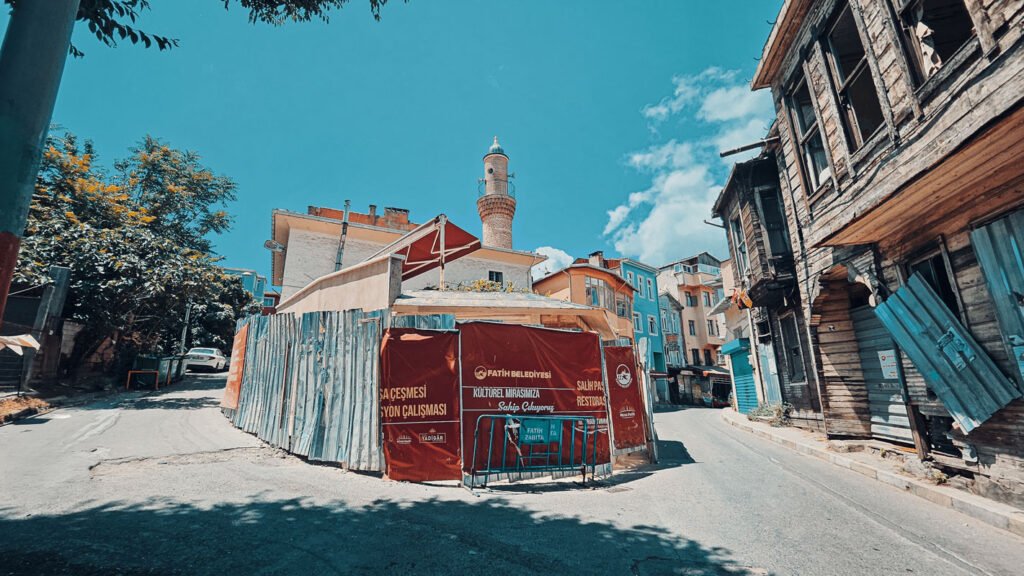
Location
📍 Unkapanı, Fatih / Istanbul



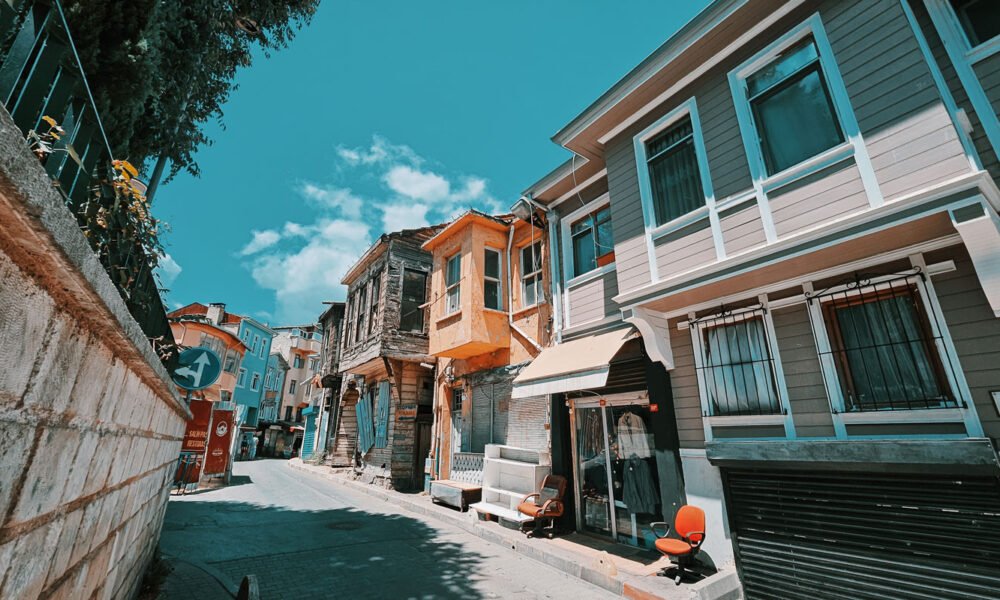

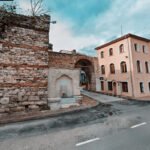
No Comment! Be the first one.